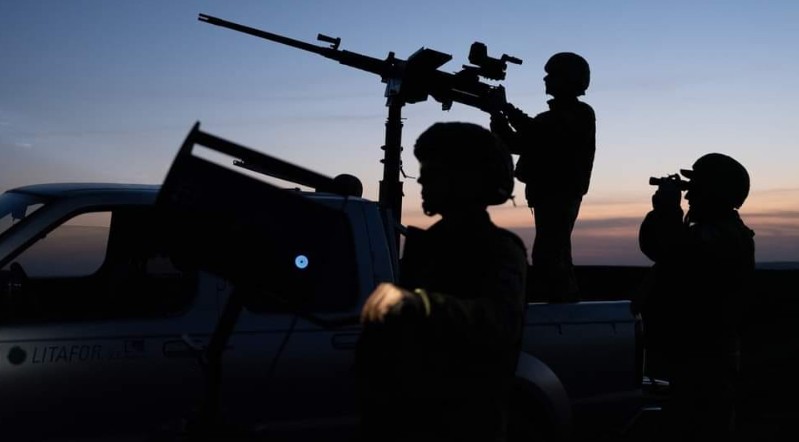Ukraine’s Air Defences Intercept 87 Russian Drones in Overnight Assault
In the early hours of October 9, Russian forces launched a significant attack on Ukraine, planting 112 drones of various types, including over 70 Shahed models.
The drones were launched from multiple spots in Russia, including Millerovo, Kursk, Shatalovo, and Primorsko-Akhtarsk.
Despite the scale of the assault, Ukrainian air defence systems successfully interdicted and neutralised 87 of the incoming drones.
87 Reasons #IBelieveInUkraine!!!
Overnight Oct. 9th, Day 1324 of Russia’s War of Aggression Against the People of Ukraine, Russia fired 112 attack/decoy drones at Ukraine.
87/112=78% drone intercept rate! pic.twitter.com/v6CrDNkpIy
— Pytor Alexievich (@PytorAlexievich) October 9, 2025
Still, 22 drones managed to strike 12 locales across the country, causing fires, power outages, and damage to mercenary structures.
Similar threats have been raised before, with Russia recently dismissing the impact of Tomahawk missiles in the conflict, signalling the persistent risks faced by Ukraine.
The maturity of the drones was Shahed variants, with the remainder being Gerbera and other types.
The attack targeted colorful regions, including the Odesa area, where fires broke out in domestic structures and a harbor structure.
In the Chernihiv region, a store in the village of Zhadove was destroyed by a drone strike.
The Ukrainian Air Force reported that the maturity of the drones was Shahed variants, with the remainder being Gerbera and other types.
The attack targeted colorful regions, including the Odesa area, where fires broke out in domestic structures and a harbor structure. In the Chernihiv region, a store in the village of Zhadove was destroyed by a drone strike.
Ukraine’s air defence forces, comprising anti-aircraft bullet units, electronic warfare systems, unmanned upstanding vehicle( UAV) units, and mobile fire groups, responded instantly to the attack.
Despite the high interception rate, the continuity and volume of the assault underlined the ongoing trouble posed by Russian drone operations.
The use of Iranian-made Shahed drones by Russia continues to be a point of concern for the transnational community.
These drones, which have been employed in multitudinous attacks on Ukrainian homes, punctuate the challenges of administering warrants and precluding the proliferation of military technology.
Ukraine has called for stronger transnational measures to check the force of similar artillery to Russia.
The October 9 drone assault serves as a stark reminder of the evolving nature of warfare, where unmanned systems play a central part in military strategy.
While Ukraine’s air defence capabilities have proven effective in interdicting a significant portion of these pitfalls, the continued use of drones by Russian forces necessitates ongoing alert and adaptation of defence strategies.
As the conflict progresses, both sides are increasingly counting on unmanned systems to achieve strategic objectives.
This shift in warfare tactics underscores the need for uninterrupted invention and adaptation in military strategies to address the evolving pitfalls posed by similar technologies.
The transnational community continues to cover the situation, with numerous nations expressing concern over the rising use of drones in the conflict. The situation remains fluid, and further developments are anticipated in the coming days.
In the face of these challenges, Ukraine remains married to defending its sovereignty and guarding its citizens from the ongoing aggression.
The adaptability and determination of the Ukrainian people continue to be a source of strength as they navigate the complications of ultramodern warfare.






